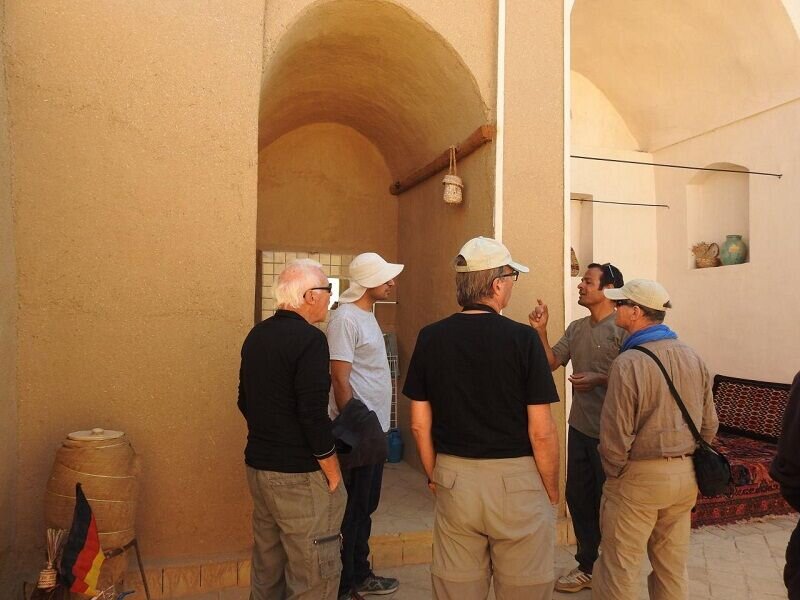South Khorasan hopes to draw more foreign travelers

TEHRAN - South Khorasan, a lesser-known Iranian province when it comes to tourism, hopes to attract more visitors from across the globe.
“3,070 foreign travelers made overnight stays during their visits to South Khorasan province in the past [Iranian calendar] year [started on March 21], and we hope this number increases in the current year,” Mehr quoted the provincial tourism chief as saying on Thursday.
Hadi Shahverdi put the number of overnight stays made by domestic travelers at 1,521,163 during the past year, adding 4,289,785 visits to the province’s tourist attractions registered during the period.
Currently, 10 hotels provide services to visitors across the province and four other ones are under construction, the official said.
“Moreover, there are 14 guest houses and 84 eco-lodges that are operational as some others that are under construction, which shows investors’ interest in the hospitality sector.”
Located in eastern Iran, South Khorasan is bounded by the UNESCO-registered Lut Desert on its south edge.
It is home to many historical and natural attractions, such as Birjand Castle, Dragon Cave, Furg Citadel, and Polond Desert. The province is also known for its handmade rugs, as well as its saffron and barberry, among several other agricultural products.
For a long, the province has long been a destination for sightseers and researchers willing to visit centuries-old windmills, locally known as Asbads such as ones located in the oasis city of Tabas-e Masina and Khansharaf village.
Khorasan — meaning the “Land of the Sun” — is a historical region and realm comprising a vast territory now lying in northeastern Iran, southern Turkmenistan, and northern Afghanistan. The historical region extended along the north, from the Amu Darya (Oxus River) westward to the Caspian Sea and, along the south, from the fringes of the central Iranian deserts eastward to the mountains of central Afghanistan.
Iran seeks to reap a bonanza from its numerous tourist spots such as bazaars, museums, mosques, bridges, bathhouses, madrasas, mausoleums, churches, towers, and mansions, of which 27 are inscribed on the UNESCO World Heritage list.
AFM
Leave a Comment